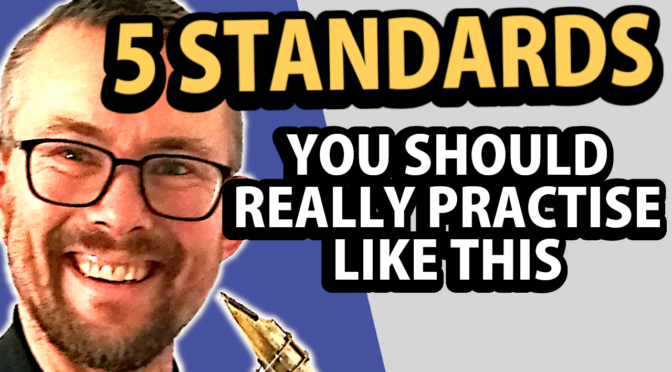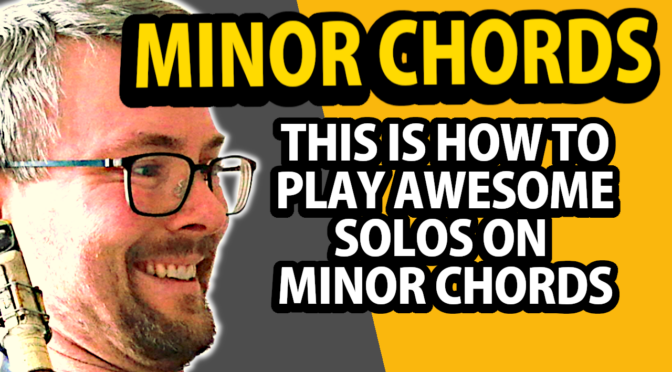3 great melodic tools to develop strong melodies
Melody is the most important thing that music has.
If you play a beautiful melody people will listen.
Composers use many hours composing a tune to get it right.
In improvised music you need to be able to come up with the beautiful melody on the spot.
In this tutorial
Why is it important to play a beautiful melody?
What is a beautiful melody?
What do you need to know?
Repetition is great
Question / answer
Can you sing it?
Show, play and analyse a short solo on “There will never be another you ” using melodic playing.
Get the full transcription of the lesson:
https://www.patreon.com/posts/41483990
Get more value from the Youtube lessons by supporting me:
https://www.patreon.com/sorenballegaardsaxophonelessons
Get the free E-book material on saxophone practice – sign up for my newsletter: https://mailchi.mp/cc449eb965d2/soren-ballegaard-saxophone-lessons
Video links:
“Play great melodies toolbook – exercises, how to’s and examples on great melody playing”
Patreon:
https://www.patreon.com/posts/41448250
Shop:
https://sorenballegaard.dk/product/play-great-melodies-toolbook-exercises-how-tos-and-examples-on-great-melody-playing/
“More beautiful melodies”
https://youtu.be/k2S7BJ82DE8Get more value from the Youtube lessons by supporting me:
https://www.patreon.com/sorenballegaardsaxophonelessons
Get the free E-book material on saxophone practice – sign up for my newsletter: https://bit.ly/subscribetomynewslettersorenballegaardsaxophonelessons
Subscribe for more free saxophone videos and lessons: https://www.youtube.com/c/SørenBallegaard
Lesson tutorials and live online lessons – check my shop:
https://sorenballegaard.dk/shop
Contact me for video exchange lessons or live online lessons
https://sorenballegaard.dk/saxophonelessons/
Facebook: https://www.facebook.com/groups/sorenballegaardsaxophonelessons
Instagram: https://www.instagram.com/sorenballegaard
Website: https://sorenballegaard.dk
Twitter: https://twitter.com/SorenBallegaard
My setup:
Video camera: https://amzn.to/2S7hrUv
Web-cam: https://amzn.to/3cf71cb
Music notation software – https://amzn.to/3gHW1ag
2x computer monitor – https://amzn.to/3gIclIm
Mini keyboard for music notation – https://amzn.to/3sVufcWTenor saxophone: Selmer MKVI 82xxx
Mouthpiece is an old Otto Link Babbit – refaced from opening 6 to opening 8/8,5
Alto – The Martin Alto
Soprano – Yanagisawa Elimona
Tenor reeds – https://amzn.to/2Qrk8zz
Alto reeds –https://amzn.to/2Pwv8Lu
Soprano reeds – https://amzn.to/3vnHfJS
Saxophone strap – https://amzn.to/3sV20Lt
Alto mouthpiece – https://amzn.to/3sZvdF0
Soprano mouthpiece – https://amzn.to/2R6mvI0
Alto Ligature – https://amzn.to/3xvCn7E
Tenor Saxophone Case – https://amzn.to/32SD1xG
Alto Saxophone Case – https://amzn.to/3aIqxgu










